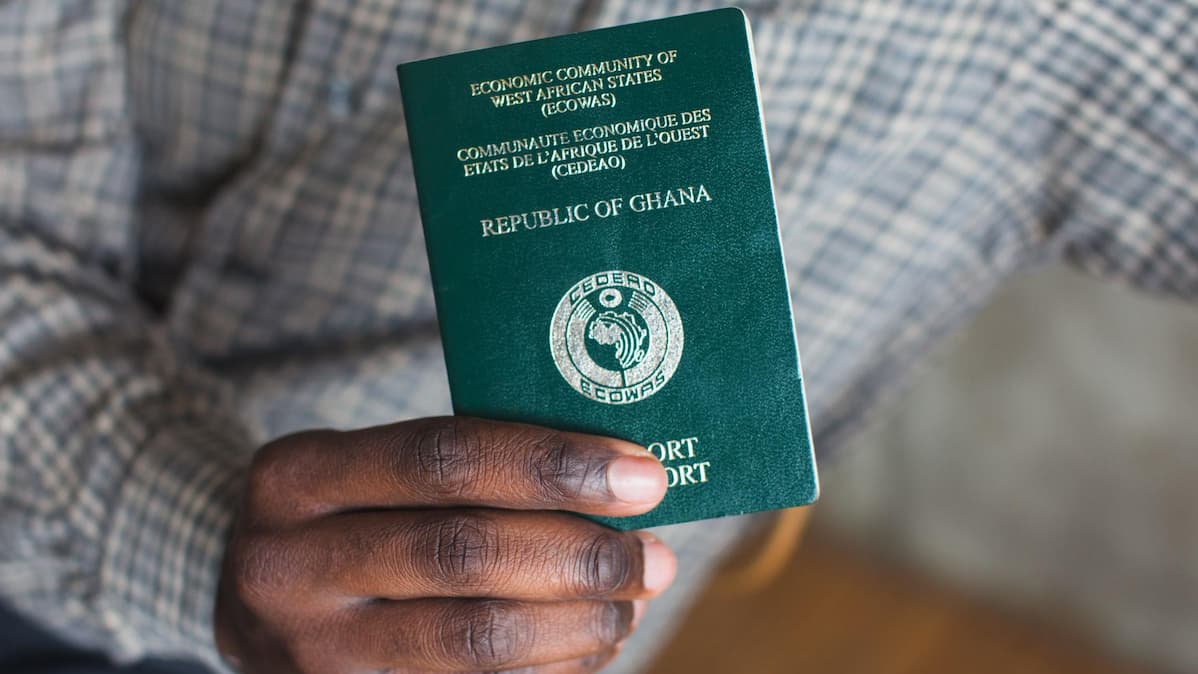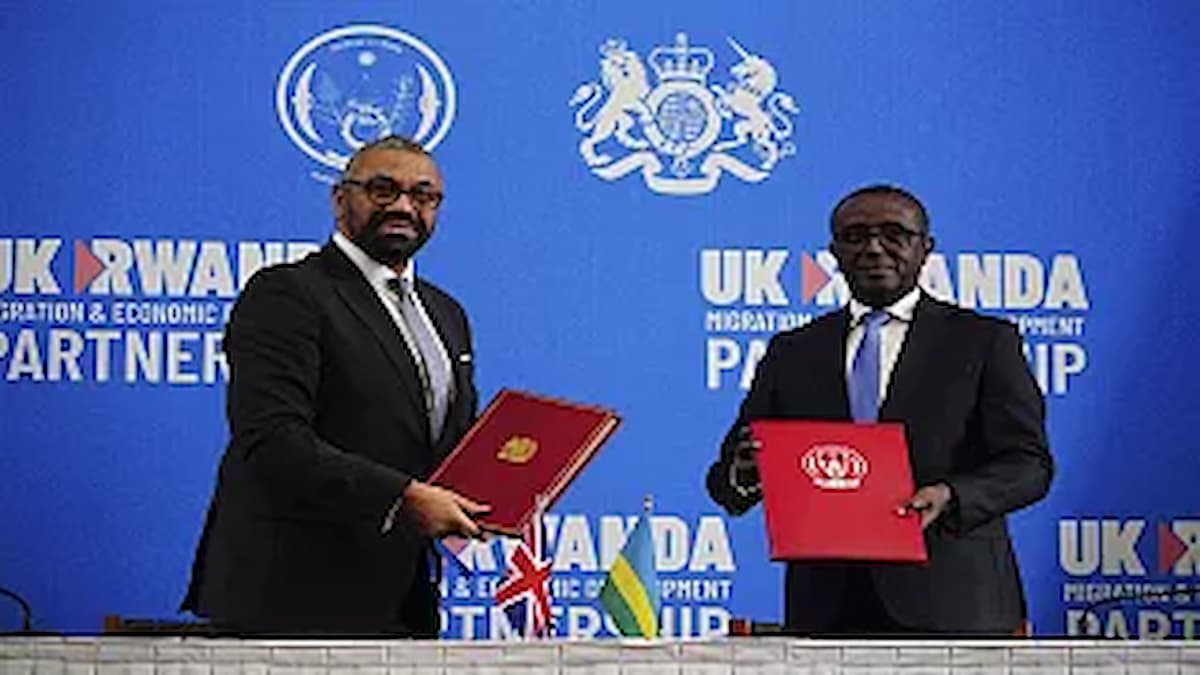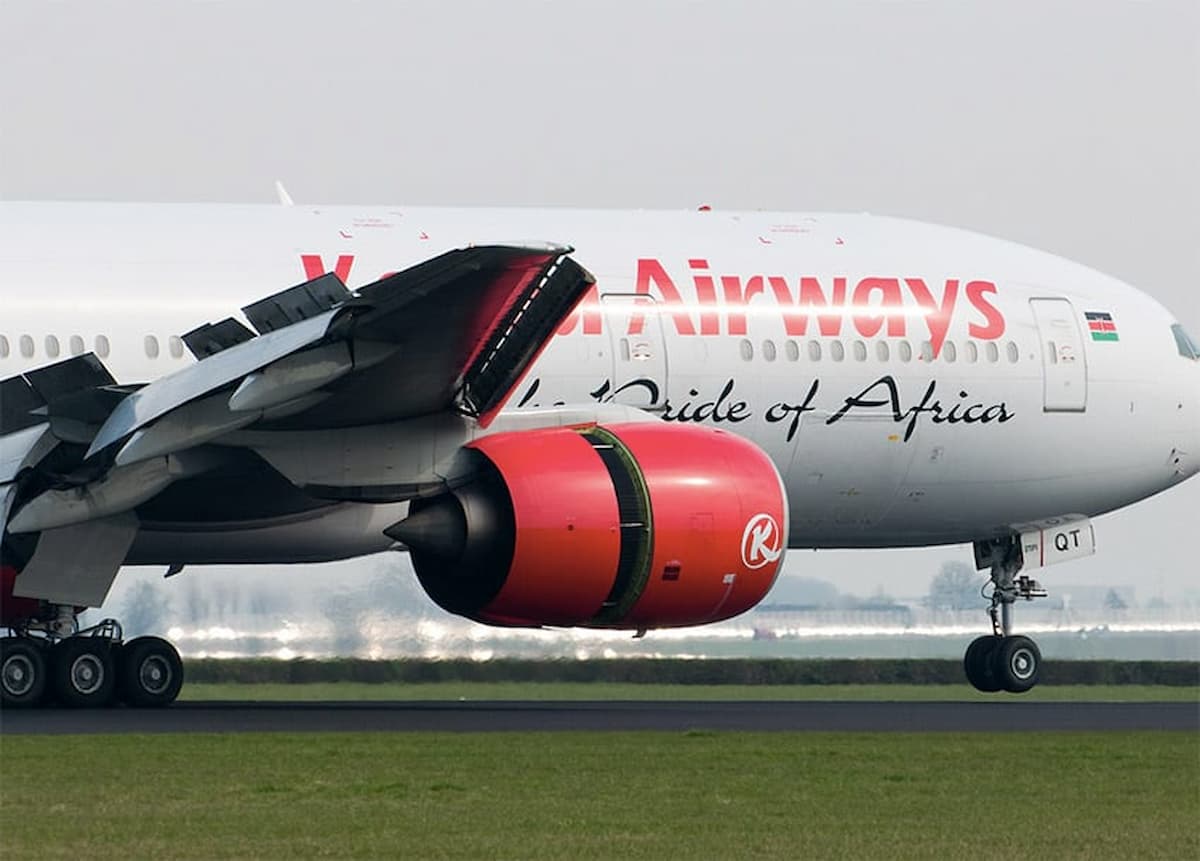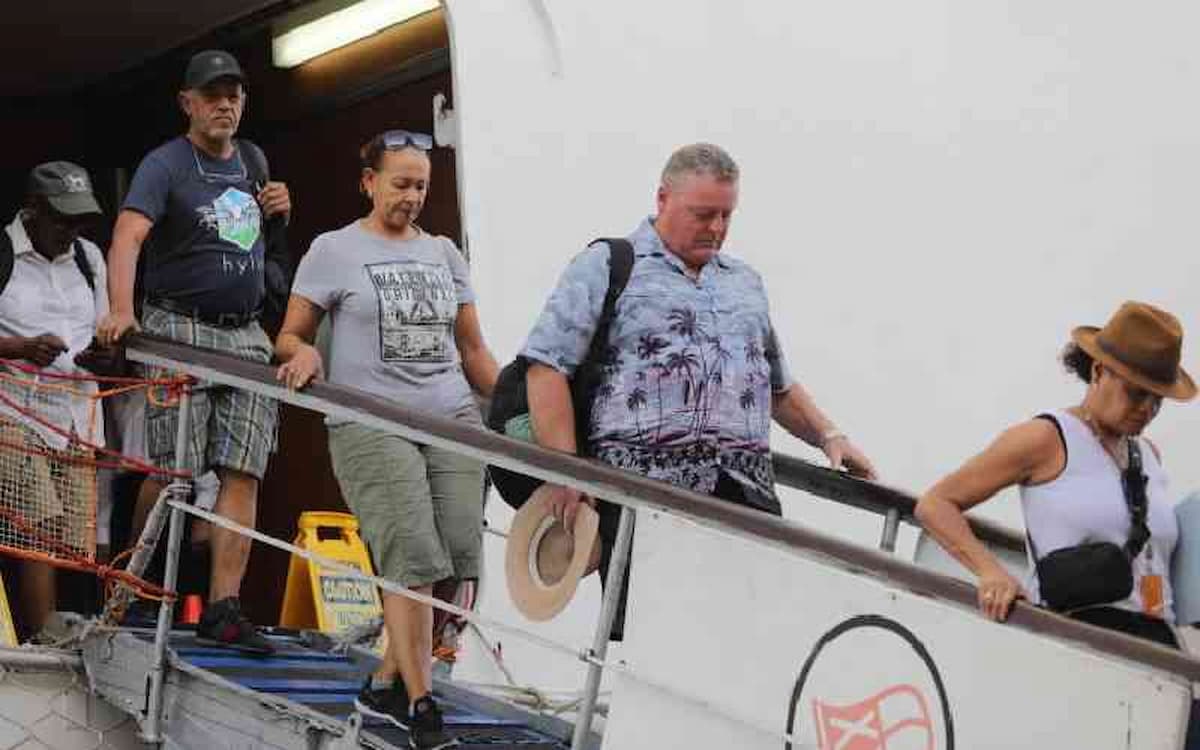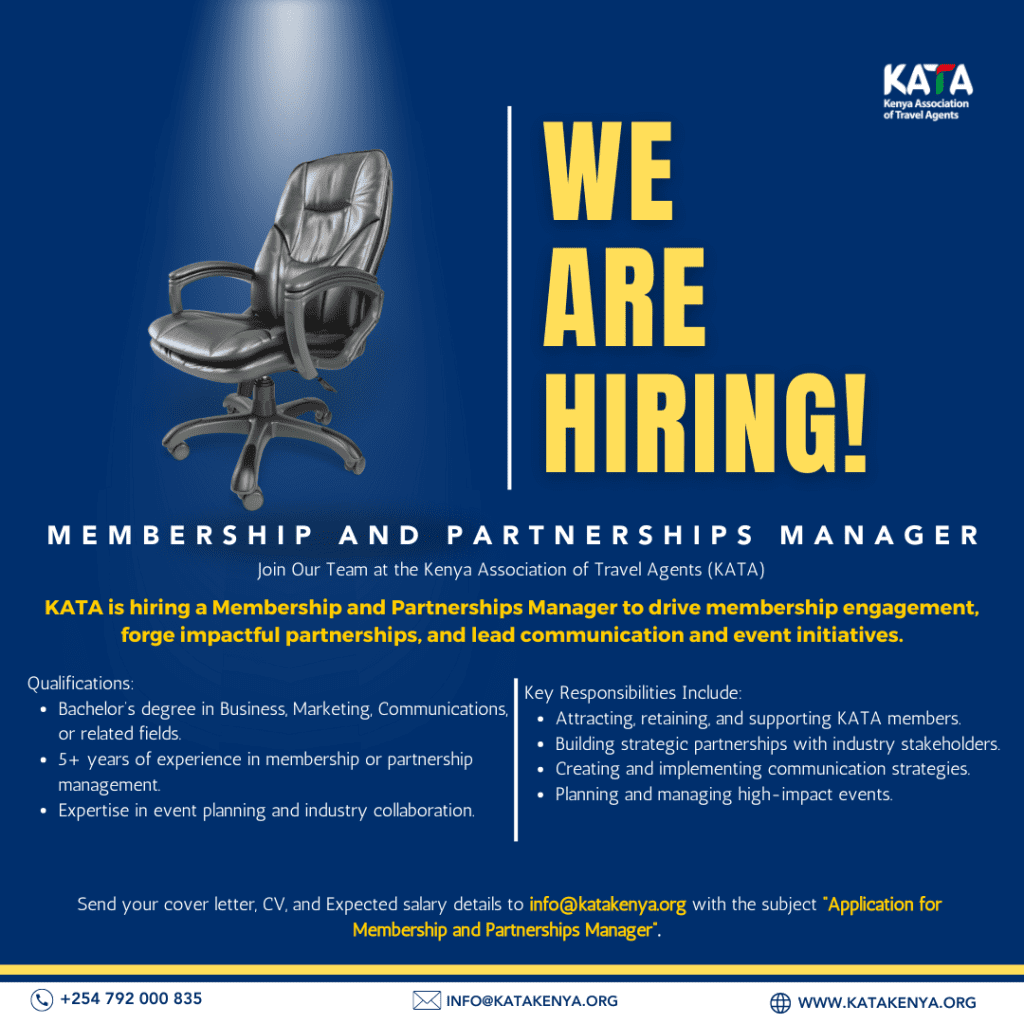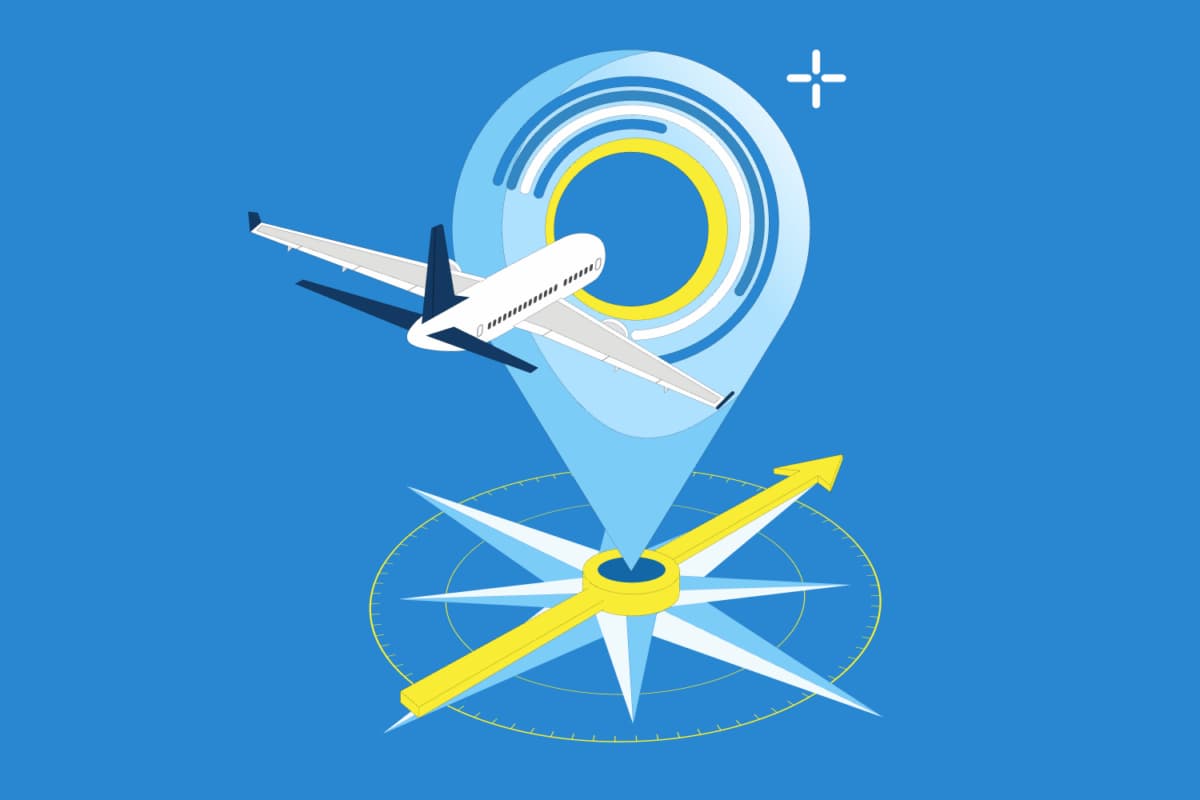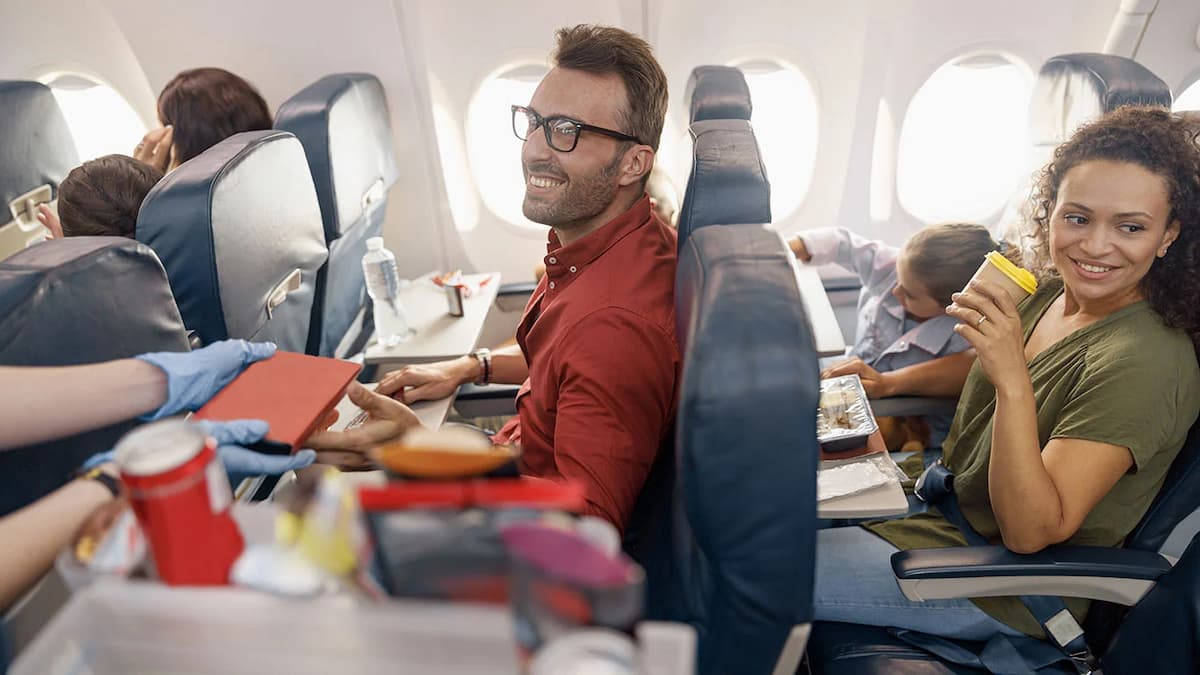The Cabinet indicated that the initiative aims to promote regional integration and ease travel across Africa. It emphasised that the changes to the eTA system are part of efforts to enhance efficiency and support tourism growth.
The Cabinet has announced new measures to simplify travel for African nationals, exempting most countries on the continent from the Electronic Travel Authorisation (eTA) requirement.
Under the revised policy, visitors from African countries will be permitted to stay in Kenya for up to two months. East African Community (EAC) nationals, however, will continue to enjoy a six-month stay, in line with the EAC’s free movement protocols.
However, Somalia and Libya have been excluded from the exemptions due to ongoing security concerns.
The reforms were made during the first 2025 Cabinet meeting chaired by President William Ruto at State Lodge, Kakamega.
The Cabinet indicated that the initiative aims to promote regional integration and ease travel across Africa.
It emphasised that the changes to the eTA system are part of efforts to enhance efficiency and support tourism growth.
“As part of efforts to support open skies policies and tourism growth, a key proposal is to grant eTA exemptions to all African countries except Somalia and Libya—due to security concerns. This initiative aims to promote regional integration and ease travel
across the continent,” reads the Cabinet dispatch.
The eTA system, introduced in January 2024, mandates all travellers, including children, to obtain prior approval before travelling to Kenya. The permit costs $30 (approximately Sh3,880) and is valid for a single entry, allowing a stay of up to 90 days.
The Cabinet also approved the introduction of an expedited eTA processing option, allowing travellers to receive instant approval. The processing time for eTAs will be capped at 72 hours, depending on operational capacity.
Additionally, the implementation of an Advanced Passenger Information/Passenger Name Record system is expected to improve pre-screening, bolster security, and streamline passenger processing at entry points.
Further, the government has waived eTA fees for travellers from Botswana, Eswatini, Ethiopia, Gambia, Ghana, Lesotho, Malawi, Mauritius, Mozambique, Sierra Leone, South Africa, Zambia, Comoros, Eritrea, and the Republic of Congo, among others.
The Cabinet has also tasked the Secretaries for National Treasury, Transport, Interior, and Tourism with reviewing and reporting within a week on ways to enhance travellers’ experiences at Kenyan airports.
The move signals Kenya’s return to a more open travel policy, reminiscent of a previous system that allowed citizens from 51 African countries to visit visa-free.
It highlights the government’s commitment to fostering regional integration and facilitating easier travel within the continent.
Source: Eastleigh voice

